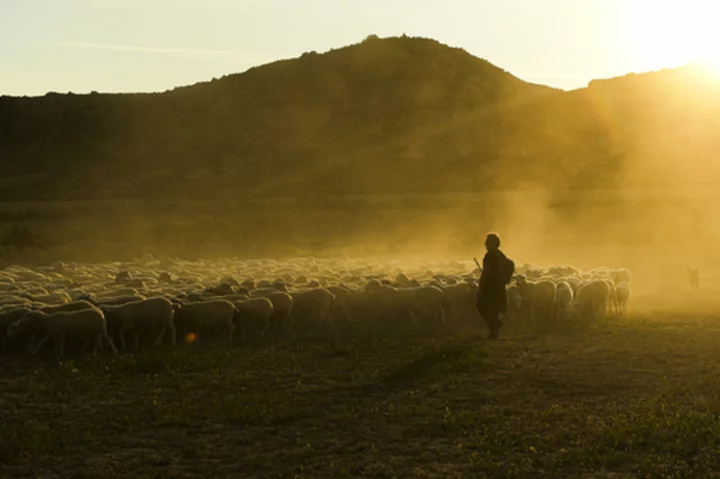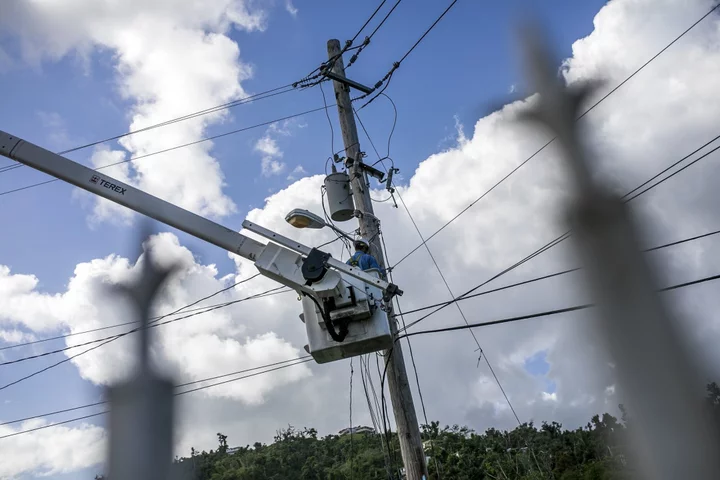VIDANGOZ, Spain (AP) — A fine cloud of dust drifts across the sun-drenched landscape. The tinkling of sheep bells floats in the air, announcing the movement of 1,000 sheep and some goats through an ancient Spanish transhumance — or livestock migration — route.
Over seven days, the flock is guided with skill by shepherd Ángel Mari Sanz, 62, keeping up a tradition dating back to the ninth century.
The flock will plod its way over the route, known as “La Cañada de The Roncaleses” (The Path of the Roncaleses). They will pass through the arid lands of Las Bardenas Reales area in the northern region of Navarra and arrive in the cooler, greener valleys and mountains of the Pyrenees.
Near the town of Vidangoz, the sheep will graze until mid-September when the weather changes, and Sanz will shepherd his flock back south.
Modern farming methods have reduced the transhumance seasonal movement of livestock to greener pastures in Spain and other countries in recent decades.
Shepherds and environmentalists try to promote the practice, saying it's more sustainable and helps protect the land from wildfires as the animals eat up grass, leaves and twigs along the way.
Some sheep pant in the intense heat. They break into a run whenever they sense a nearby spring or pond.
“This pastoral life is disappearing,” Sanz says. Trekking these hills since he was 14, he knows the paths like the back of his hand.
“Here, I have spent my life,” he comments nostalgically. “I have had freedom, living in the countryside with nature.”
He criticizes authorities for not promoting transhumance more.
“There is a lot of neglect," Sanz says. "There hasn't been any kind of support for the rural world.”
Sanz calculates he has walked about 25,000 kilometers (15,000 miles) up and down these valleys in the nearly half-century he has been herding.
The sheep are led by goats. Age and tiredness sometimes sets in and it’s not unknown for some of the animals to die along the way, their carcasses being left for the vultures that can regularly be seen hovering above.
Sanz is accompanied by his 14-year-old daughter Mireia, and three or four others each year. A van carries provisions and tents for camping.
But as much as he loves his work, Sanz says doesn’t want his "daughter to be a shepherd for anything in the world.”
“This is a slave’s work and it is not worth all this effort today to barely survive," he says.









